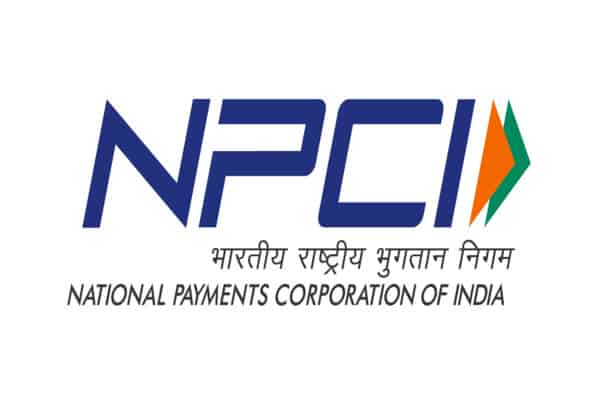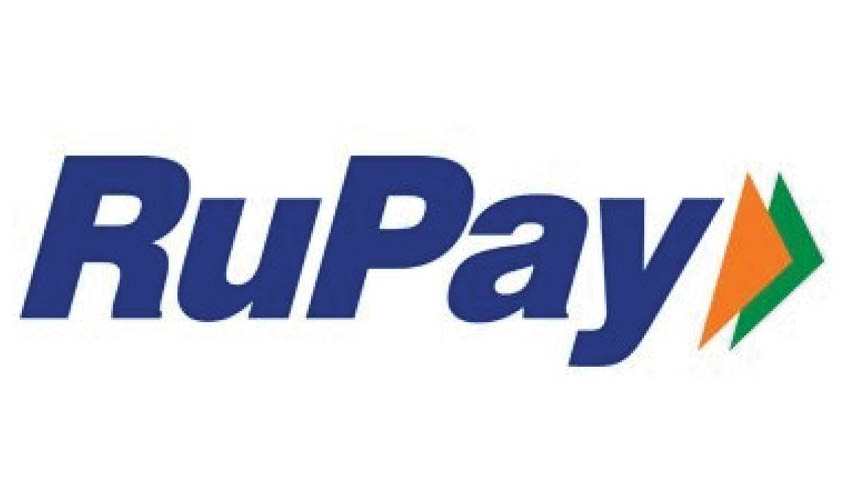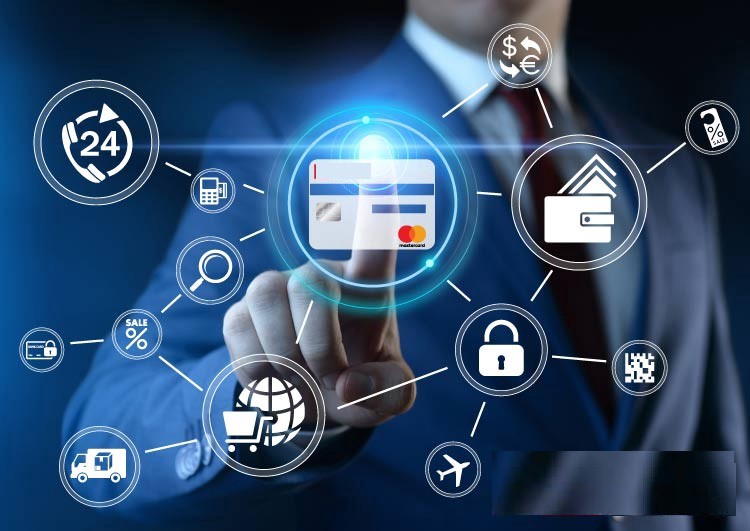UPI and RuPay has revolutionised the way we spend money in India. Introduced in 2016, UPI, a 7-year-old digital payment system is a success story that is being acknowledged and adopted globally. The National Payments Corporation of India (NPCI) is an umbrella organization for operating retail payments and settlement systems in India. UPI, RuPay and the BHIM app all come under the NPCI. Praveena Rai the Chief Operating Officer of NPCI spoke about the transaction volume and value of UPI, its growing popularity in the country, the road ahead for a “less-cash” economy and the RuPay credit and debit cards.
Also Read: Google News Will Now Be Available In 2 Additional Indian Languages
NPCI
Founded in December 2008, the National Payments Corporation of India (NPCI) is an umbrella organisation for operating retail payments and settlement systems in India. It is a not-for-profit organization, owned by a consortium of major banks, and has been promoted by the country’s central bank, the Reserve Bank of India (RBI).
The NPCI has developed and launched several retail payment systems in India, including:
- UPI: An instant real-time payment system that allows users to transfer money between bank accounts on a mobile platform.
- Immediate Payment Service (IMPS): A 24×7, real-time inter-bank electronic funds transfer system.
- Bharat QR: A common QR code standard for accepting payments across all banks and payment apps.
- National Electronic Funds Transfer (NEFT): A batch-based electronic funds transfer system that settles payments on a working day.
- Real Time Gross Settlement (RTGS): A real-time gross settlement system that settles payments instantly.

The NPCI has played a major role in the digitisation of payments in India. Its payment systems have helped to make it easier and more convenient for people to send and receive money. The NPCI is also working to promote financial inclusion in India by making its payment systems accessible to those who do not have access to traditional banking services.
Here are some of the achievements of NPCI:
- UPI has become the most popular payment method in India, with over 500 million users and over 5 billion transactions processed every month.
- IMPS is the second most popular payment method in India, with over 1 billion transactions processed every month.
- Bharat QR is accepted by over 10 million merchants across India.
- NEFT and RTGS are the backbone of the Indian payment system, processing trillions of rupees every year.
The NPCI is a vital part of the Indian payment ecosystem. Its payment systems have helped to make it easier and more convenient for people to send and receive money, and have played a major role in the digitization of payments in India.
UPI
Unified Payments Interface (UPI) is an instant real-time payment system developed by NPCI facilitating inter-bank peer-to-peer (P2P) and person-to-merchant (P2M) transactions. The interface is regulated by the Reserve Bank of India (RBI) and works by instantly transferring funds between two bank accounts on a mobile platform. It’s one of the most popular payment methods in India. UPI is available 24×7 and can be used to transfer money to any bank account in India.

The interface uses a unique identifier called UPI ID, which can be a mobile number, email address, or a randomly generated string of characters. To send money using UPI, you need to know the UPI ID of the recipient. You can also send money using the recipient’s bank account number or IFSC code. If you are looking for a secure and convenient way to send and receive money in India, then UPI is the best option for you. Google Pay, PhonePe, Paytm, BHIM, Amazon Pay are some of the popular UPI apps in India.
Some benefits of using UPI:
- It is instant and real-time.
- It is available 24×7.
- It can be used to transfer money to any bank account in India.
- It is accepted by millions of merchants across India.
RuPay
RuPay is an Indian multinational financial services and payment system, conceived and launched by the NPCI in 2014. It was created to fulfill RBI’s vision of establishing a domestic, open and multilateral system of payments. RuPay facilitates electronic payment at all Indian banks and financial institutions. NPCI maintains ties with Discover Financial and JCB to enable the RuPay Card scheme to gain international acceptance.
RuPay is the third largest card payment network in the world, after Visa and Mastercard with over 600 million cards issued and over 5 billion transactions processed every month. It’s also accepted by over 2 million merchants across India.

The advantages:
- It is a secure payment system as RuPay cards use the latest security features to protect your data.
- They are extremely convenient and can be used at ATMs, POS terminals, and online merchants across India.
- It is a cost-effective payment system. The cards offer competitive pricing for merchants and consumers.
- It is a homegrown payment system, thus your data is protected by Indian laws.
RuPay offers a variety of card products like:
- RuPay Debit Card: A debit card that is linked to your bank account.
- RuPay Credit Card: A credit card that allows you to borrow money from the bank to make purchases.
- RuPay Prepaid Card: A card that is loaded with a specific amount of money that you can use to make purchases.
- RuPay One Card: A contactless card that can be used for both online and offline payments.

As per the Economic Survey, about 60-70% the transactions in India come under UPI. The objective for India is to move to a less-cash economy. Praveena Rai dives into the success of these digital payment systems and its impact on the economy as a whole. Key points from the discussion include:
- Success of UPI: UPI has gained global recognition and is being adopted by various countries since its launch in 2016. It has contributed significantly to digital transactions in India, with 60-70% of the country’s digital transactions now happening through UPI.
- Growth and Adoption: UPI has experienced remarkable annual growth, with around 9 billion transactions occurring monthly. Initially dominated by person-to-person transactions, it has gradually shifted towards merchant transactions, indicating increased adoption by businesses.
- Future Growth: The goal is to achieve a less cash-dependent economy, making digital payments more convenient and comfortable. The focus is on expanding the user base, creating more use cases, and integrating UPI with various applications and services.
- Global Expansion: UPI is expanding globally, with countries like Sri Lanka, France, and Singapore adopting it. The approach involves establishing bilateral relationships with other countries and central banks to enable cross-border transactions.
- Cybersecurity: There is a strong emphasis on cybersecurity and fraud prevention. A “zero trust architecture” approach is used to secure UPI’s infrastructure. AI-driven models are employed to assess transaction risks, and awareness campaigns help prevent social engineering fraud.
- Growth of RuPay: RuPay, India’s card scheme, has grown significantly in both debit and credit card segments. The integration of RuPay credit cards with UPI has led to increased convenience for users, driving higher transactions and spends.
- Future Plans for RuPay: The future focus for RuPay includes expanding credit card penetration and driving credit growth. Linking credit cards to UPI has shown promising results, leading to increased transactions and usage.
UPI has become a transformative force in India’s digital payment landscape, with plans to continue expanding its user base, use cases, and global presence while addressing cybersecurity challenges and enhancing convenience for users. RuPay’s integration with UPI has also contributed to the growth of digital payments and credit card adoption in the country.


